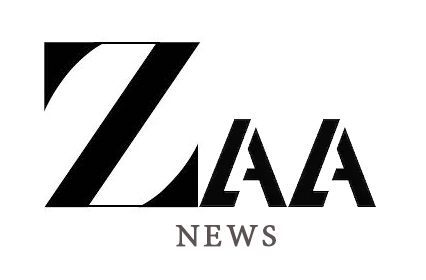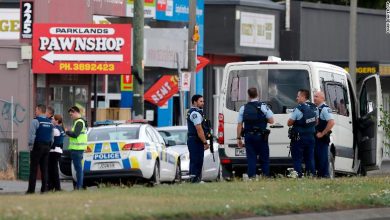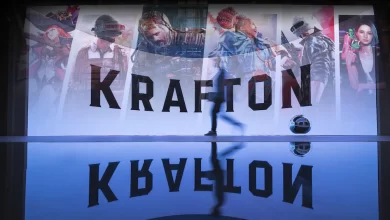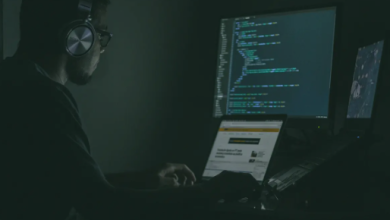IIT Kharagpur’s first batch: ‘Our classes were held where freedom fighters were locked up’
An electrical engineering (1951-55) alumnus, Narasimhan Venkatesan Patel (former member of the Railway Board) shares some interesting anecdotes about the faculty and how IIT-Kharagpur took special tutorials of students who appeared in Class 12 exams from different boards or syllabi.
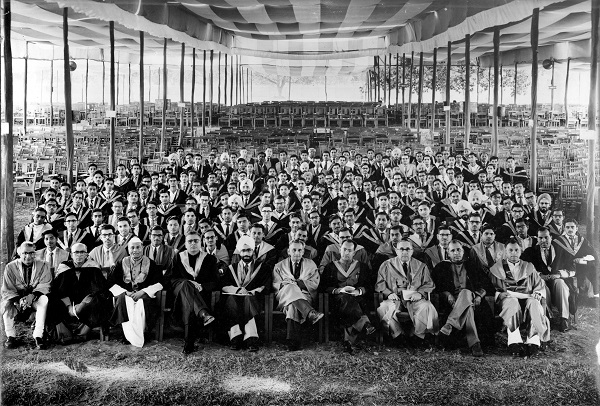
(In this six-part series, indianexpress.com talks to alumni from the first batch of first-generation Indian Institutes of Technology (IIT). They tell us about the admission process back then, academic pressure, campus life, and how they bonded with their fellow students and faculty).
The Indian Institute of Technology, Kharagpur (IIT Kharagpur) was established in 1951 and is the oldest among all the IITs in the country. As the institute was set up in the Hijli detention camp of West Bengal, it has a link with the freedom fighters of India.
An electrical engineering (1951-55) alumnus, Narasimhan Venkatesan Patel (former member of the Railway Board) shares some interesting anecdotes about the faculty and how IIT-Kharagpur took special tutorials of students who appeared in Class 12 exams from different boards or syllabi.
“We mostly had classes in the old Hijlee Central Jail building in the first two years. A big hangar inside the compound served as the workshop. Our staff, some of whom had served in the prison administration as jailors, mentioned that our classrooms were the rooms where prisoners (many great freedom fighters) were locked up, and some were tortured and later died,” he told us.
To bolster the country’s growth and make it self-reliant, the government started establishing IITs, IIMs and AIIMS. Like other IITs, the classes of the first batch commenced on a half-constructed campus.
“Since our hostel, Patel Hall, was half ready when the first year started, we had to share rooms. Interestingly, as there were differences in syllabus levels in different universities at intermediate science where students took admission, tutorials of Math and English were organised after dinner in the hostel for the first two terms of the first year,” Patel said.
IIT Kharagpur campus was spread over 2100 acres in the vast tree-laden campus. Along with a tough syllabus, the initial batches had to struggle with wildlife. “There were snakes around the hostel under construction and our beloved director Dr JC Ghosh, also a famed Indian scientist, ordered the cutting of drains around and spraying of carbolic acid. The humane and kind approach of Dr JC Ghosh made us withstand many hardships. In the third year, we moved to the classes in the new building,” he said.
DR JC Ghosh left IIT in the third year to join as the Vice Chancellor of Calcutta University. A student delegation from IIT met Dr BC Roy the then chief minister of West Bengal to plead with him the need for continuing Dr JC Ghosh, revered as a father figure by the students. DR BC Roy is stated to have quipped: “We will send another father figure to you.”
DR BR Sengupta, principal of Shibpur Engineering College was appointed as the next director for IIT Kharagpur. As per Patel, Dr Sen Gupta was a strict disciplinarian and a stickler for targets.
Despite being the first batch, the students, as per Patel, were fortunate to have the best faculty possible. “Dr Krause Mech Engg, Prof Malonowsky, Production Technology (UNESCO support) on the mechanical side and Prof Keshav Murthy, Prof Srinivasan, Dr Menon gave us deep insights into electrical engineering. They took us to much higher heights in the subjects that I could see the difference in when I joined DVC as an assistant engineer in the Maithon Hydel Project after college in 1955 and Indian Railways in early 1957,” Patel informed.

